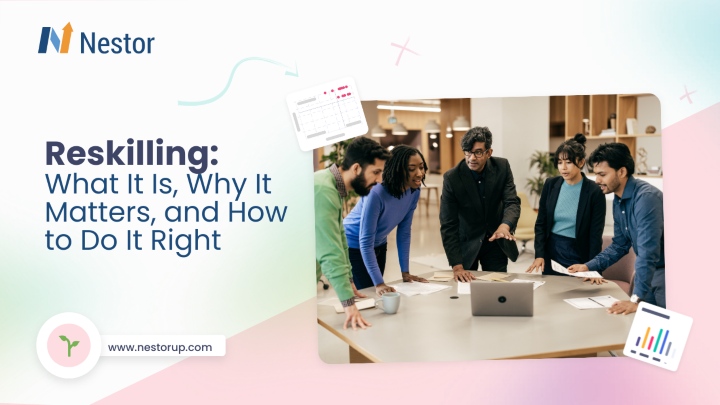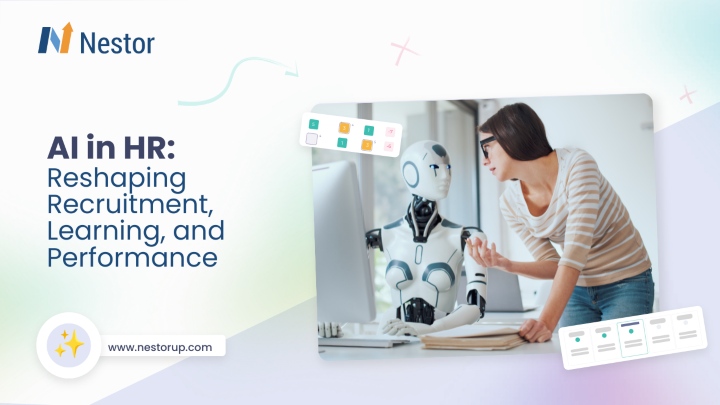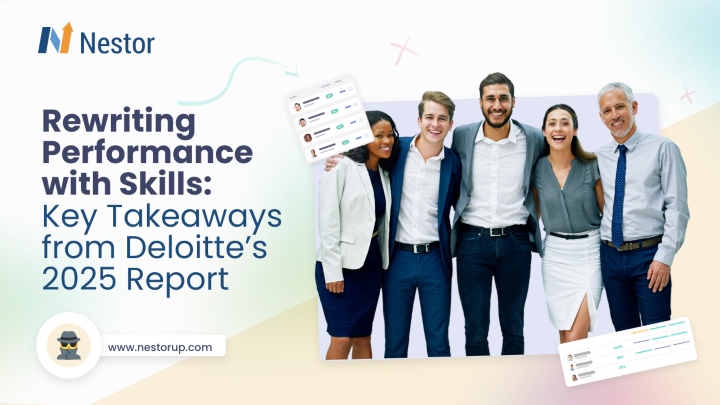
Internal mobility is a key aspect of talent management and has become increasingly important as organizations strive to retain top talent, build employee engagement, and meet evolving business needs. And you don’t have to take our word for it.
LinkedIn’s 2023 Workplace Learning Report reveals that “internal mobility has become the second highest workforce priority among the C-suite.” That’s because opportunities for learning, development, and career growth are now among the top 5 factors employees consider when looking for a new job, based on findings from the same report.
Having established the significance of internal mobility, a few questions arise: What is it really? Which initiatives are part of internal mobility and which aren’t? And what are some of the major benefits and challenges? Let’s find out!
What is internal mobility?
Internal mobility (also referred to as talent mobility) is the movement of employees from one role to another within the same organization. This movement can be vertical or lateral, and can involve changes in:
- job title
- department
- location
- function
A variety of factors can drive internal mobility, including the need to fill critical roles, changes in business needs, or an employee’s desire for new challenges or career growth opportunities.
Looking at it from an organization’s perspective, talent mobility offers a budget-friendly approach to retaining and transferring skills and expertise, while also extending the duration of employee tenure at the company.
What are some of the different types of internal mobility?
While these aren’t exactly different “types” of internal mobility, they do represent the different masks it can wear. They are, in essence, common ways through which employees learn and expand their skillset internally.
Lateral moves
Sometimes referred to as role-to-role mobility, lateral moves refer to the practice of an employee moving horizontally within the same organization to take on a new role. The move does not usually involve a promotion, demotion, or change in job level, but rather a shift in responsibilities, tasks, or skills.
Transfers
They are the process of changing the job location but (usually) keeping the same title. Transfers can occur for various reasons, including organizational restructuring or a key employee’s desire to relocate. When initiated by the company, transfers can become more complex, especially for employees with families.
Upward mobility
Vertical moves, promotions, advancements — all different terms that refer to an employee taking the next step on the organization’s hierarchy. Upward mobility is a vital aspect of career development and supports the company’s workforce planning and long-term development.
Job swaps
Also known as job rotations, they involve two employees exchanging roles within the same organization for a set period of time. Through this approach, each has a unique opportunity to develop new skills through exposure to different departments and job duties.
Project-based mobility
Employees are temporarily assigned to work on a specific project, which is outside of their usual department or role. This often takes the form of cross-functional teams and is a very common approach within organizations that embrace the concept of agile workforces.
Over 25% of employees experienced a career change within Orange and more than 20% of the recruitment processes were closed with internal candidates. The Nestor platform has been implemented throughout the company, with every department, manager, and employee having access to it.
— Luiza Müller, HR Director at Orange
What are the benefits of internal mobility?
Embracing talent mobility comes with numerous worthwhile benefits for organizations, including:
- Retention of top talent: Providing career mobility opportunities to employees can help retain top talent by offering them new challenges and career growth opportunities within the organization.
- Cost savings: Hiring from within the organization can save recruitment costs and reduce the time it takes to fill an open position.
- Skill development: Internal mobility provides employees with the opportunity to learn new skills, broaden their experience, and gain exposure to different parts of the organization.
- Employee engagement: Employees who feel valued and invested in their company are more likely to be engaged and committed to their work.
- Succession planning: Talent mobility can play a critical role in succession planning by identifying and developing employees with the potential to take on leadership roles within the organization.
- Diversity and inclusion: Internal mobility can help promote diversity and inclusion within an organization by providing opportunities for employees from underrepresented groups to move into leadership positions.
- Knowledge transfer: When employees move from one role to another within the organization, they bring with them valuable knowledge and experience, which would be lost if they left the company.
- Improved productivity: Internal mobility can help improve productivity by ensuring that employees are in roles that align with their skills and interests.
Learn more about the benefits of internal mobility backed by 5 statistics.
What are the challenges of internal mobility?
Implementing and managing internal mobility effectively can be a complex undertaking, one that presents challenges, such as:
- Identifying skills gaps: If skills gaps are identified without proper analysis or with a focus solely on short-term goals, they may not accurately reflect the needs of the organization or its employees in the long term.
- Internal mobility visibility: Without a talent marketplace or an internal job board, people may not be aware of all the available opportunities within the company.
- Lack of support and training: Employees may not have the necessary skills or experience to succeed in new roles or departments without developing their current abilities or gaining new ones.
- Resistance to change: Despite all the benefits, workers could resist or be hesitant to change roles or departments, especially if they are comfortable in their current position.
- Managerial buy-in: Depending on the company culture and managers’ KPIs, some of them may be reluctant to lose valuable top performers to other teams or departments.
How Nestor can help with internal mobility
If you’re ready to take your internal mobility game to the next level, look no further than Nestor’s cutting-edge talent marketplace, which was launched at Unleash America 2023.
With this powerful software solution, you can seamlessly align your employees’ skills, interests, and work activities with growth and development opportunities within your organization.
Nestor’s talent marketplace offers a personalized experience based on each employee’s unique (skills) profile, making it easier than ever to promote internal mobility and keep your talent engaged and motivated.
Not only will you see the benefits of higher engagement and lower attrition, but you’ll also experience faster innovation as your people take on new challenges and develop new skills.
Let’s unlock the full potential of your workforce together!










